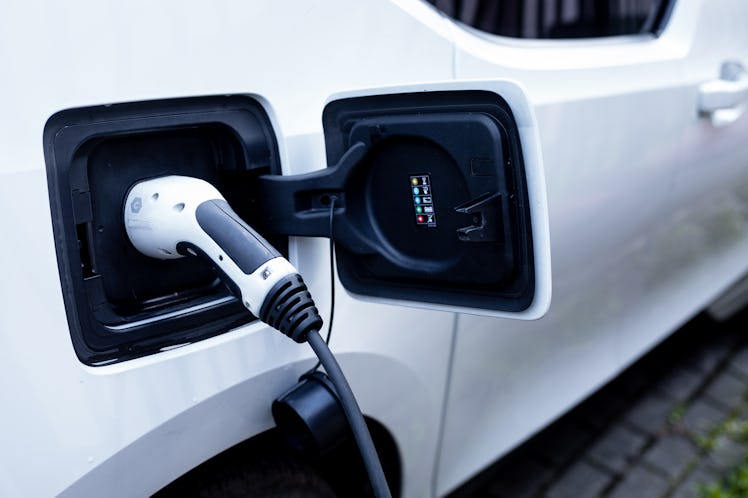If You Want A Tesla, This Might Be The Cheapest They’ll Ever Be
New rule changes hitting the federal electric vehicle tax credit in 2024 will make many EVs — including popular Tesla models — ineligible for the full $7,500 credit.

Throughout 2023, Tesla’s successive price cuts led the multiple models of their luxury EV line to be much cheaper in November than at the start of the year — so much that it fell below the typical price of a luxury vehicle. But while the popular electric vehicle (EV) is cheaper than ever before, it may not be that cheap forever, at least according to TechCrunch reporting that found that two popular Tesla models are going to lose half of its federal EV tax credits in 2024 due to tightening requirements on battery material sourcing (along with many other EV models and brands, too.)
The Tesla models definitely affected? The Model 3 Rear-Wheel Drive (RWD) and Model 3 Long Range. Losing half a federal tax credit is no small change — it would increase the total cost of these models by nearly $4,000. (TechCrunch also suggested that Model Y and X could see reductions to the IRA credit, too.)
RELATED: These Are The Top 10 Family Cars Of 2023
The reason for the price change has to do with the federal EV tax credit, which has undergone a ton of changes over the past year. When the federal EV tax credit was expanded through the Inflation Reduction Act, critical rules for what vehicles qualified were also set — based on where their battery components and minerals come from. Namely, the bill requires that at least 50% of the battery components be sourced in North America, and 40% or more of the minerals mined and refined in North America, too. (There are also income limits and limits to how expensive your car can be to qualify for the EV tax credit.)
These battery requirements have phased in slowly — and led to dozens of EV models that previously qualified for the $7,500 off to either qualify only for half the tax credit ($3,750) or none at all. Now, it’s Tesla’s turn, with the Tesla Model 3 RWD and Long Range having their credits cut in half on January 1, 2024. The drop in tax credits is most likely tied to new strict rules set to kick in beginning in 2024.
There’s still a workaround loophole for people who really want an EV that doesn’t qualify for the full credit — through leasing and not buying. You can lease an EV ineligible for the full credit and the full $7,500 can apply.
If leasing isn’t your thing, you have until the end of this month to still receive the full tax credit when you purchase a Tesla. Tesla says the full tax credit will only be available to vehicle deliveries made through December, so if you’re in the market for a Tesla, this may be a sign to close the deal.
If you want to wait, also remember that starting in January of 2024, the full or partial federal EV tax credit (depending on which your future EV qualifies for) will be able to be applied at the point of purchase of your new car — as in, you can get thousands of dollars taken off the top of your vehicle purchase at purchasing time, rather than months and months later when you file your taxes. Also, the Electric Vehicle renaissance is only starting to heat up — so in the next year you can expect plenty of new models for sale that will qualify.
To see what other EVs currently qualify for the federal tax credit, full or partial, check out fueleconomy.gov.